Monarch butterflies are amazing insects; they can change from caterpillar to beautiful winged creatures! What you may not know is they perform a second and equally amazing feat…
Monarch butterflies perform a four generation long trek that can total anywhere from 1,200 to 3,000 miles! 1 2
The monarch is the only known butterfly to make a two way migration, the same as birds. Using environmental cues, they know when it is time to escape the cold weather and begin their journey south.

A Monarch And Milkweed
The Journey
The spring season initiates the butterfly’s migration; born in March and April, the first generation starts the mighty trek. Those that cannot complete the entire trek will lay eggs along the way for the next generation to continue on the journey.
Butterflies travel a milkweed path fuelling up to spawn the next generation. The first generation spends the majority of their lives eating, metamorphosing, and laying eggs; they don’t normally live longer than 2 months. These first eggs hatch into caterpillars after approximately four days and spend two weeks growing and eating until ready to transform. Ten days later the butterflies emerge and begin their journey.
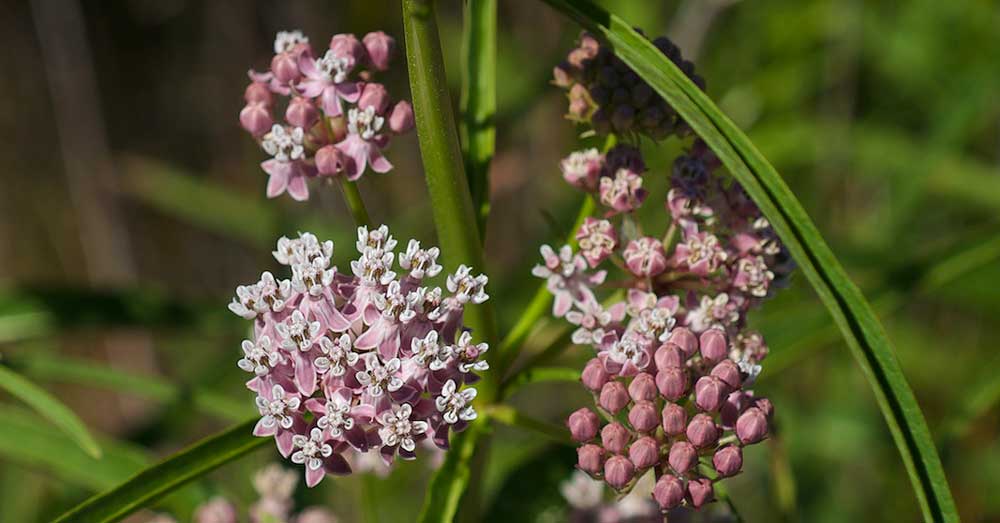
Milkweed Asclepias fascicularis
The first, second, and third generations have only two to six weeks to complete their leg of the journey. However, unlike these previous groups, the fourth generation lives upward of 8 months spending their time crossing the continent to lay eggs and ensure their species’ survival. When the cold weather begins, they know it’s time to head south.
Monarchs from western North America fly to the southern coast of California and those from eastern North America migrate to the Sierra Madre Mountains of central Mexico. They can fly up to 80 miles a day taking two months to complete the journey. The butterflies retreat to a Monarch Biosphere Reserve, a nationally protected area and nature preserve in central Mexico. This reserve creates a home for the majority of wintering monarchs from the eastern United States for five months until the cycle repeats.
The Plight
I recall seeing monarch butterflies on a regular basis as a child, chasing them around the backyard or hoping a caterpillar chrysalis would end with their beautiful black and orange wings emerging. As I’ve grown I remember fewer and fewer sightings, which I now know is because of their 90 percent population decline, the equivalent of losing every living person in the U.S. except for those in Florida and Ohio!
Despite all their hard work and large numbers, monarchs are dwindling due to the loss of habitat caused from land development, logging, and large use of weed killer sprays on the fields where they live. 3 There are only about twelve overwintering sites for them and not all of them are currently protected. Part of the problem is the decline of their ‘milkweed highway’. Milkweed, a perennial flowering plant, is crucial to the butterflies’ survival during the migration by not only being the only plant to hold their eggs but also by providing crucial nectar and nutrients.
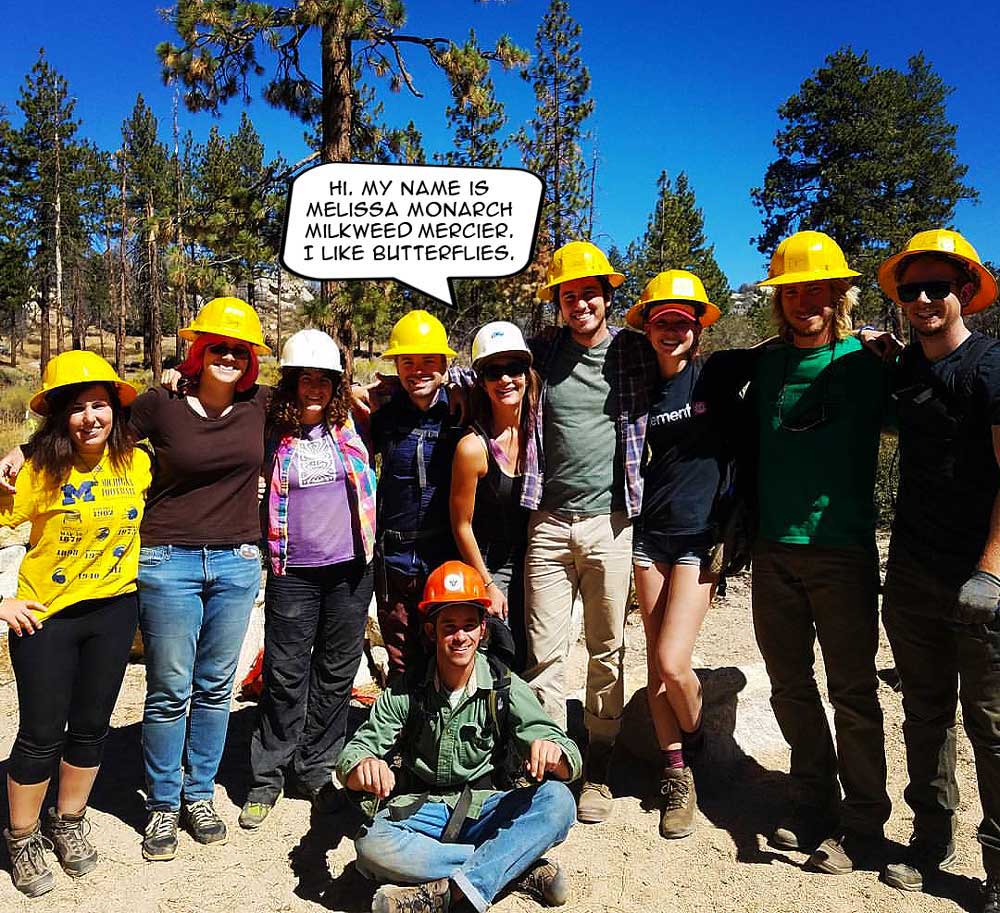 Human Help
Human Help
Plant milkweed!!! A group of High Trails instructors spent a beautiful sunny Saturday planting milkweed in hopes of creating additional habitats for these amazing winged insects throughout the San Bernardino National Forest. The day was full of digging holes, planting milkweed, and watering the plants in this high desert forest to give them the best chance of success. We planted two different species of milkweed adapted to the high desert environment, including A. fascicularis (Mexican Whorled Milkweed). However, there are many types of milkweed that vary in their habitats. Some thrive in full sun, in humid conditions, and even in very dry desert conditions.
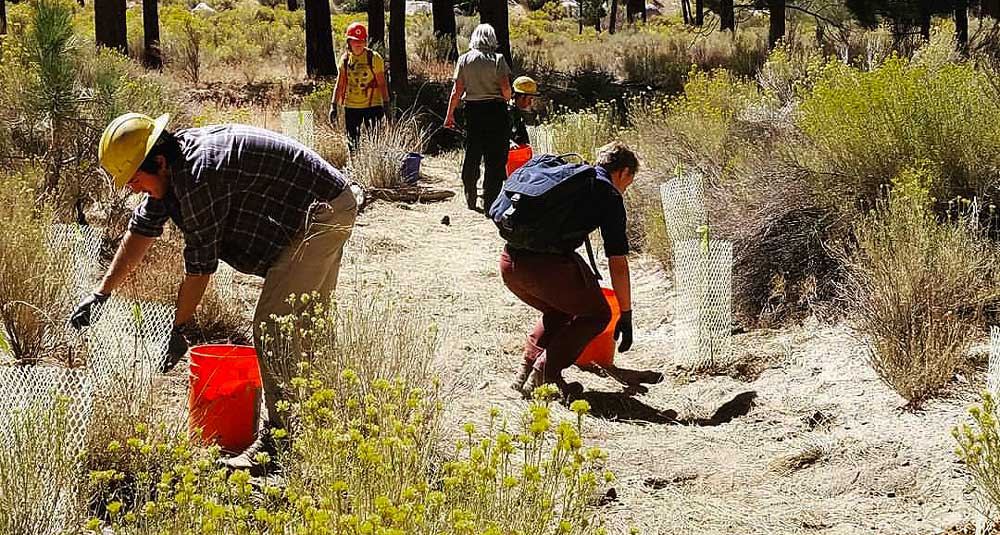
High Trails Instructors to the rescue.
You can make a difference! Do some good and plant a milkweed oasis in your own backyard for monarchs and other pollinators. These milkweed migration paths are the only thing that will help these small insects to complete their mighty journey. You can also help by promoting protective legislations through online petitions like this one at http://action.biologicaldiversity.org/o/2167/p/dia/action3/common/public/?action_KEY=16354
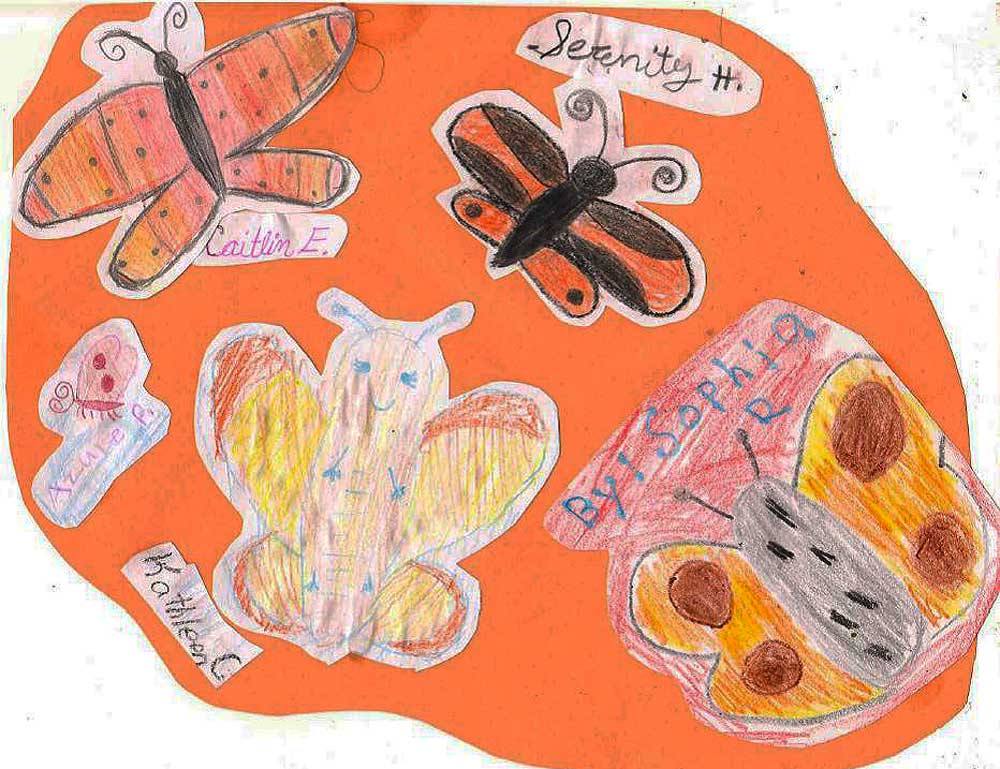
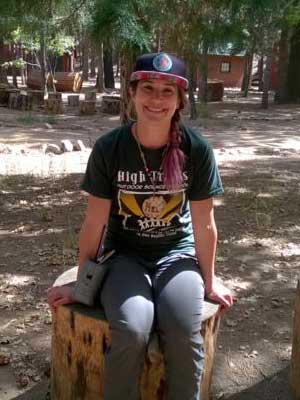 At High Trails Outdoor Science School, we literally force our instructors to write about elementary outdoor education, teaching outside, learning outside, our dirty classroom (the forest…gosh), environmental science, outdoor science, and all other tree hugging student and kid loving things that keep us engaged, passionate, driven, loving our job, digging our life, and spreading the word to anyone whose attention we can hold for long enough to actually make it through reading this entire sentence. Whew…. www.dirtyclassroom.com
At High Trails Outdoor Science School, we literally force our instructors to write about elementary outdoor education, teaching outside, learning outside, our dirty classroom (the forest…gosh), environmental science, outdoor science, and all other tree hugging student and kid loving things that keep us engaged, passionate, driven, loving our job, digging our life, and spreading the word to anyone whose attention we can hold for long enough to actually make it through reading this entire sentence. Whew…. www.dirtyclassroom.com
- The Ultimate Relay Race. National Aquarium. http://aqua.org/blog/2014/november/monarchs-ultimate-race?gclid=CLyWm4rXktACFUQdgQodOocDAw ↩
- U.S. Forest Service. http://fs.fed.us/wildflowers/pollinators/Monarch_Butterfly/migration/index.shtml ↩
- the Monarch Joint Venture (MJV). Create Habitats for Monarchs. http://monarchjointventure.org/get-involved/create-habitat-for-monarchs http://monarchjointventure.org/get-involved/create-habitat-for-monarchs ↩

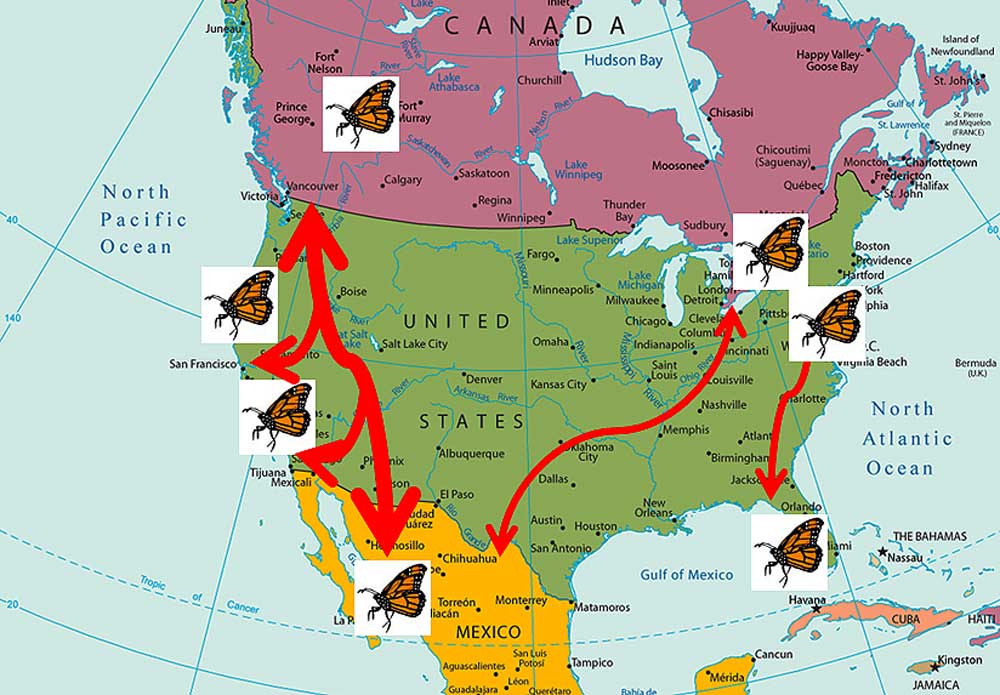
Comments are closed.